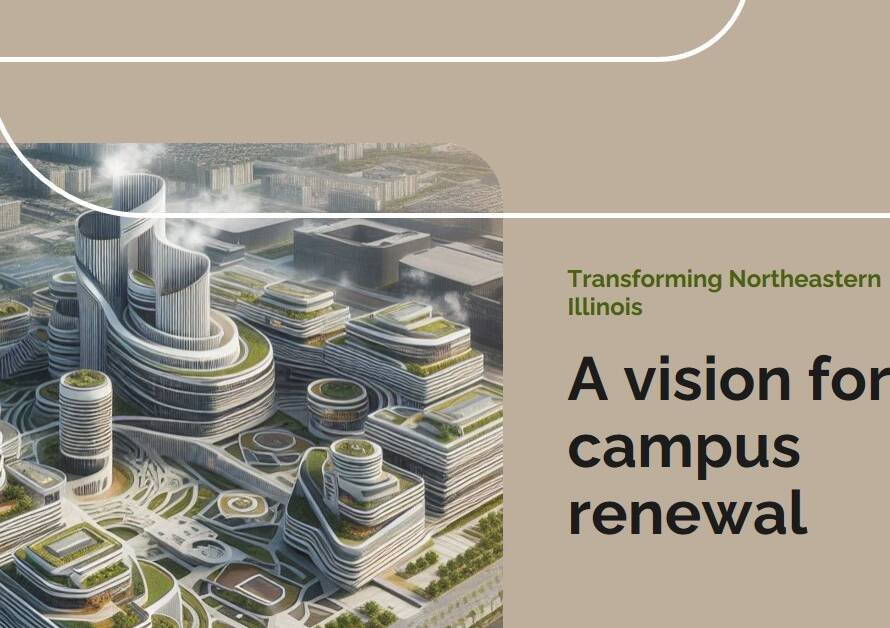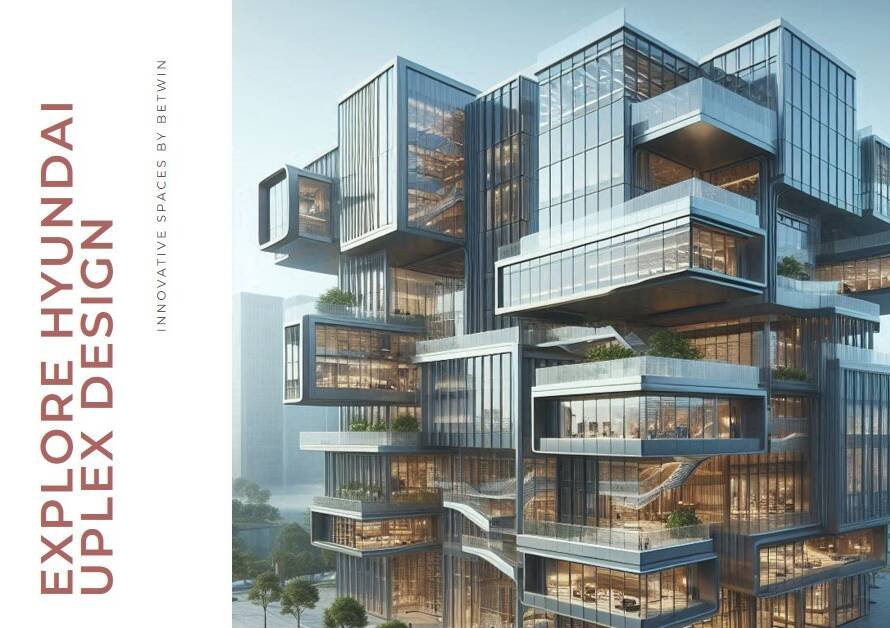
Table of Contents
- Introduction: The Growing Demand for Environmental Designers in Denver
- The Booming Industry: Why Denver?
- Top Employers: Leading the Charge
- Educational Pathways: Building a Strong Foundation
- Essential Skills: What Employers Look For
- Networking: Connecting with Industry Professionals
- Job Hunting Strategies: Finding the Right Fit
- Future Trends: What to Expect
- Conclusion: Embracing the Future of Environmental Design in Denver
Introduction: The Growing Demand for Environmental Designers in Denver
Denver, renowned for its breathtaking landscapes and progressive urban development, is rapidly becoming a hub for environmental design. As sustainability and ecological consciousness take center stage, the need for skilled environmental designers has never been greater. This blog post delves into the thriving job market for environmental designers in Denver, highlighting key opportunities, industry trends, and the skills needed to succeed in this dynamic field.
The Booming Industry: Why Denver?
A City Committed to Sustainability
Denver’s commitment to sustainability is evident in its ambitious green initiatives and policies. The city’s leadership has prioritized environmental stewardship, leading to an increased demand for professionals who can design eco-friendly spaces. From green buildings to sustainable urban planning, Denver’s focus on creating a healthier environment has fueled the growth of the environmental design sector.
A Vibrant Economy and Job Market
Denver’s robust economy further bolsters the job market for environmental designers. The city’s diverse industries, including technology, healthcare, and real estate, all contribute to a thriving economic landscape. This economic vitality translates into numerous opportunities for environmental designers to apply their expertise in various projects, making Denver an attractive destination for professionals in the field.
Top Employers: Leading the Charge
Pioneering Environmental Design Firms
Several prominent firms in Denver are at the forefront of environmental design, offering exciting career opportunities. Companies such as RNL Design, OZ Architecture, and Studio NYL are renowned for their innovative approaches to sustainable design. These firms not only lead in the industry but also provide a platform for designers to work on cutting-edge projects that shape the future of urban environments.
Public Sector Opportunities
In addition to private firms, Denver’s public sector offers numerous opportunities for environmental designers. The city government and various municipal agencies are actively involved in sustainability projects, ranging from urban planning to green infrastructure. Working in the public sector allows designers to contribute to large-scale initiatives that have a lasting impact on the community.
Educational Pathways: Building a Strong Foundation
Renowned Institutions and Programs
Denver is home to several esteemed educational institutions that offer specialized programs in environmental design. The University of Colorado Denver and the Rocky Mountain College of Art and Design are notable examples, providing comprehensive curricula that equip students with the knowledge and skills required in the industry. These programs often include hands-on experience, internships, and networking opportunities, essential for career advancement.
Continuing Education and Professional Development
For those already in the field, Denver offers ample opportunities for continuing education and professional development. Various organizations and institutions provide workshops, seminars, and certification programs that help professionals stay updated with the latest trends and technologies in environmental design. These opportunities are crucial for career growth and maintaining a competitive edge in the job market.
Essential Skills: What Employers Look For
Technical Proficiency and Innovation
Employers in Denver’s environmental design sector seek candidates with a strong foundation in technical skills. Proficiency in software such as AutoCAD, SketchUp, and Revit is often a prerequisite. Moreover, the ability to innovate and think creatively is highly valued, as it allows designers to develop unique solutions to complex environmental challenges.
Collaboration and Communication
Collaboration and communication skills are equally important in the environmental design field. Projects often involve multidisciplinary teams, requiring designers to effectively communicate their ideas and work cohesively with other professionals. Strong interpersonal skills ensure that projects are executed smoothly and meet the desired sustainability goals.


Networking: Connecting with Industry Professionals
Industry Events and Conferences
Attending industry events and conferences is an excellent way for environmental designers in Denver to network and stay informed about the latest developments. Events such as the Denver Green Building Tour and the Rocky Mountain Green Conference offer opportunities to connect with peers, share knowledge, and explore potential job opportunities.
Professional Associations
Joining professional associations can also enhance one’s career prospects. Organizations like the American Society of Landscape Architects (ASLA) and the U.S. Green Building Council (USGBC) provide valuable resources, including job boards, networking events, and professional development programs. Being an active member of these associations can open doors to new opportunities and collaborations.
Job Hunting Strategies: Finding the Right Fit
Utilizing Online Job Portals
In today’s digital age, online job portals are indispensable tools for job seekers. Websites such as Indeed, LinkedIn, and Glassdoor list numerous openings for environmental designers in Denver. These platforms allow candidates to search for jobs, submit applications, and even connect with potential employers.
Leveraging Social Media
Social media platforms like LinkedIn and Twitter are also powerful tools for job hunting. Following companies, joining relevant groups, and engaging with industry leaders can provide insights into job openings and industry trends. Moreover, showcasing one’s portfolio and expertise on these platforms can attract potential employers and collaborators.
Future Trends: What to Expect
The Rise of Green Technology
The integration of green technology in environmental design is a trend that is expected to grow in the coming years. Innovations such as smart buildings, renewable energy solutions, and sustainable materials are transforming the industry. Environmental designers in Denver will need to stay abreast of these advancements to remain competitive and deliver cutting-edge solutions.
Emphasis on Resilience and Adaptation
As climate change continues to impact urban environments, the focus on resilience and adaptation will become increasingly important. Environmental designers will play a crucial role in developing strategies to mitigate the effects of climate change and ensure that urban spaces can withstand environmental challenges. This shift will create new opportunities for professionals with expertise in sustainable and resilient design.
Conclusion: Embracing the Future of Environmental Design in Denver
Denver’s environmental design job market is thriving, offering abundant opportunities for professionals passionate about sustainability and innovation. The city’s commitment to green initiatives, coupled with a vibrant economy and strong educational institutions, makes it an ideal place for environmental designers to build and advance their careers. By staying informed about industry trends, honing essential skills, and leveraging networking opportunities, designers can make a significant impact in Denver’s dynamic and evolving landscape.



